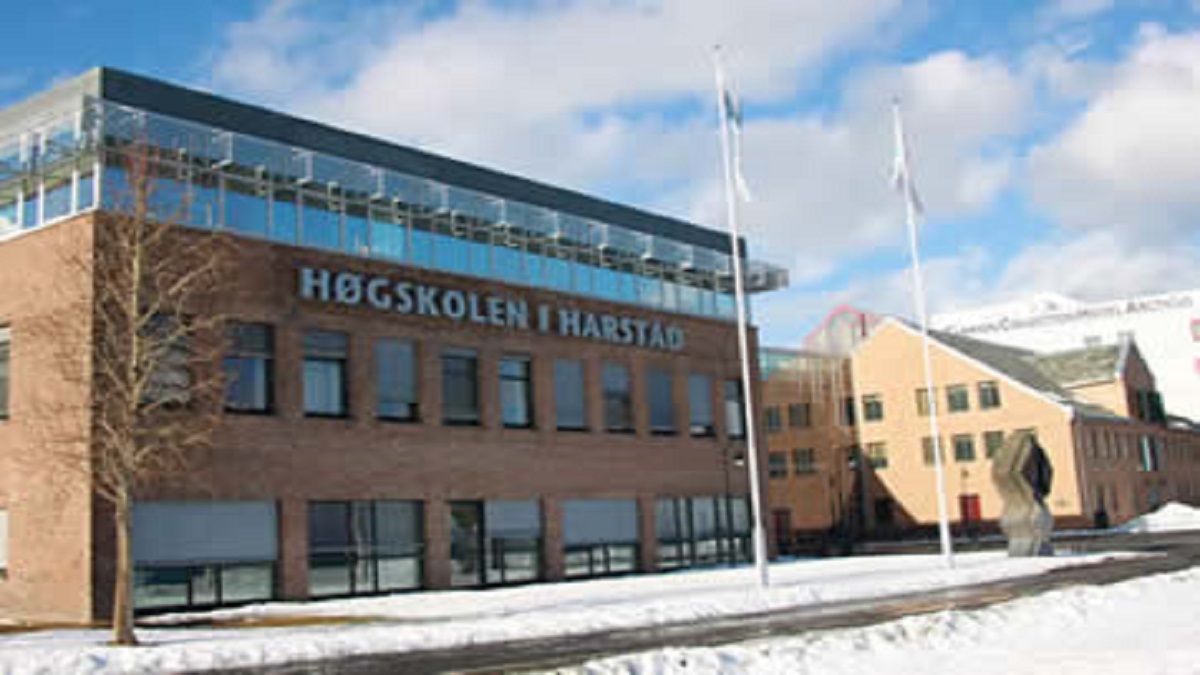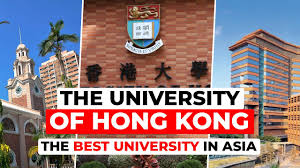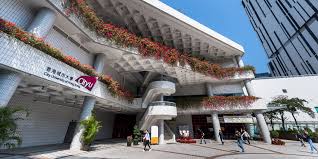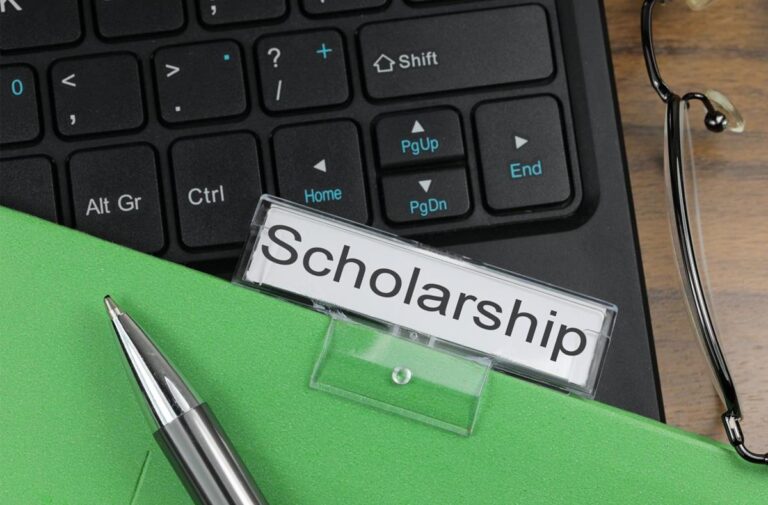
The application of genetics to Archaeology is a rapidly growing research area applicable to a wide a range of archaeological sub-disciplines. A permanent research-based position as Associate Professor in Archaeogenomics/Archaeogenetics is available at the Arctic University Museum of Norway (UM) in order to develop this field in Northern Norway and wider afield. The position is affiliated with the newly established UiT- Aurora Centre for Arctic Ecosystem Genomics (ArcEcoGen) which is developing a research community focused on the application of genetic concepts and methodologies to a number of disciplines including Archaeology/Anthropology. The post is open to both existing practitioners of archaeogenetic research (e.g population genetics etc.) but also others with a background in scientific archaeology who want to develop archaeogenetic research. The workplace is at UiT in The Arctic University Museum of Norway and Academy of Fine Arts (UMAK) at the Museum Campus in Tromsø. #tromsolove.
We invite applicants from any area of archaeology or related fields who feel that they can
- develop research in any area of the application of ancient DNA (aDNA) to archaeology with special reference to northern artefacts, ecofacts (incl. human bone) and environments
- strengthen the museum in the field of scientific archaeology by providing or developing skills in topics as archaeozoology, archaeobotany, ecology, palaeoecology and proteomics
- contribute to the overall research focus of assessing the key processes and synthesizing the effects of biota, human land use and climate change using new molecular data combined with traditional Archaeological proxies, involving the investigation of niche construction over time that includes anthropogenic influence
Depending upon the individual’s skills and experience the following areas of museum activities and dissemination would normally be expected
- disseminating research to a wider public to have wider impact beyond academia
- curating parts of our archaeological collections
- work closely with the Collections Manager on activities relating a currently development of the Collections Management System, including taking part in the museum’s work towards a digital transformation of the collections
Yngve Olsen Sæbbe (kun Tromsøund.)

Contact
Further information about the position and UiT is available by contacting Professor Antony Brown, Email; antony.g.brown@uit.no, Researcher Stephen Wickler, Email; stephen.wickler@uit.no , Professor Inger Greve Alsos, Email; inger.g.alsos@uit.no, or Head of Department Geir Rudolfsen, Email: geir.rudolfsen@uit.no.
Qualifications
The position requires
- a research profile with relevant experience in scientific archaeology and/or genetic applications (such as, but not limited to, DNA barcoding and metabarcoding) to any area of archaeology (e.g. analysis or artefacts, environmental archaeology, archaeozoology, archaeobotany)
- strong potential to undertake competitive research projects at an international level
- relevant and strong publication record, and with a vision for developing an independent museum-based and/or field-based research program
- a Norwegian doctoral degree in archaeology or a subject relevant to archaeological science and the research description, or a corresponding foreign doctoral degree recognized as equivalent to a Norwegian doctoral degree, or competence at a corresponding level documented by academic work of the same scope and quality in the subject area
- documented relevant basic competence in teaching and supervision at a university/higher education-level, or museum outreach competence (more details below)
- fluent English language skills (written and spoken), and a willingness to learn Norwegian within two years of appointment if you do not already have a Scandinavian language
- personal qualities in regard of
- networking skills, ability to collaborate and conduct scientific leadership
- ability to cooperate and communicate well with colleagues
- willingness to get involved in the developments of the Museum and UiT as a whole
The succesfull candidate is required to begin work within a reasonable time, and no later than within six months after receiving the offer.
Advantageous but not required
It is considered an advantage to have
- a track record of acquired funding
- experience in dissemination such as development of exhibition, guided tours, social media, stakeholders and general media
- research experience in Nordic archaeology
- field experience of archaeological excavations and scientific sampling
- teaching and supervision skills of master’s and PhD students
- record of disseminating research through various media to scientific and public audiences
- experience of outreach
- management of archaeological collections
- command of a Scandinavian language
At UiT we put emphasis on the quality, relevance and significance of the research work and not on where the work is published, in accordance with the principles of The San Francisco Declaration on Research Assessment (DORA).
Basic pedagogical competence, or museum outreach competence
About basic pedagocial competence
All applicants for teaching and research positions shall document their pedagogical competence. You must have acquired basic competence for teaching and supervision at higher education level. This includes basic skills in planning, conducting, evaluating and developing teaching and guidance, documented with one of two alternatives:
- a) Applicants who have completed education or courses designed to provide teaching competence for teaching at universities and colleges, equivalent to a minimum of 200 hours, must attach diploma and curriculum for the completed course.
- b) Other applicants shall describe, assess and document their competence as a teacher and supervisor. The skills must be documented in the form of a teaching portfolio.
If this cannot be documented, you will be required to complete an approved course within two years of commencement. UiT offers qualifying courses. If the pedagogical competence can be acquired within two years of appointment, applicants shall not be ranked based on pedagogical competence. For information about basic pedagogical competence and teaching portfolio, see: https://result.uit.no/om-pedagogisk-mappe/ (only in Norwegian).
About museum outreach competence
For this position, competence in museum otureach/dissemination may replace the requirement for the university teaching qualifications. A total assessment shall be implemented whereby the candidates are assessed based on all the criteria. However, it is not a requirement for all the criteria to be satisfied. For more information about the critieria regarding museum outreach, see: Supplementary regulations concerning appointment and promotion to teaching and research positions at the UiT (item 4.5.8).
Written or audio-visual documentation, e.g. by selecting representative elements of texts, programmes, images, catalogues, exhibitions, etc. must be presented for each of the mentioned criteria. This may be accompanied by a reflection over one’s own views of knowledge and learning grounded in pedagogical theory and of relevance for one’s own museal dissemination. The material shall be compiled in a portfolio, like a teaching portfolio.
The application procedure
The application will be assessed by an expert committee, who will evaluate the applicants’ qualifications on the basis of application materials, and the job description. The application must include:
- a cover letter including a short description of interests and reasons for applying for the position
- a CV containing a complete overview of experience, professional work, and references
- a list of your academic production
- diplomas, diploma supplements and transcripts (all degrees, in original language and translated)
- two-three references with contact details
- documentation of required basic pedagogical competence, or museum outreach competence
- the academic works (published or not) you wish us to take into consideration in the assessment
- documentation of required language proficiency. See how.
The application and supporting documentation must be in English or a Scandinavian language. The application and attachments should be submitted electronically via www.jobbnorge.no
The applicants evaluated as being best qualified for the position will be called to interview. The interview will include a discussion of the
applicant’s motivation for the position, as well as their personal suitability for the position. Applicants called to interview will also be required to undertake a teaching or a museum outreach demonstration.
We offer
- a research-based permanent post with high flexibility
- R&D sabbatical conditions which are considered some of the best in the country
- good welfare arrangements for employees
- good arrangements for pension, insurance, and loans through the Norwegian Public Service Pension Fund
The position of associate professor is renumerated at level 1011 on the Norwegian state salary scale. A compulsory contribution of 2 % to the Norwegian Public Service Pension Fund will be deducted. The allocation of working hours is flexible and allocated on a case-by-case basis. For this position you will spend an equal amount of time on research and on teaching/museum outreach after time spent on other duties has been deducted. As a norm, the time resources spent on administrative duties constitutes 5 % for academic staff.
General information
The appointment is made in accordance with Norwegian state regulations and guidelines at UiT. More information.
For more information about moving to Norway and working at UiT, see: http://uit.no/mobility
All personal information provided with the application will be handled in accordance with Norwegian laws on freedom of information. Applicants can request that their names be withheld from the list of applicants. However, the university can still choose to include the applicant’s name on the list. Should this situation arise, the applicant will be informed prior to the circulation of the list of applicants.
UiT The Arctic University of Norway aims to reflect societal diversity in its recruitment and hiring policies, in order to make the most of the potential of all members of society. We believe that inclusivity and diversity are strengths, and we seek to employ colleagues with a wide range of competencies, expertise, life experience, and perspectives. Applicants with disabilities, gaps in their CVs, or immigrant backgrounds are encouraged to tick the appropriate box during the application process. If applicants from these groups are evaluated as qualified for the position, at least one from each group will be called to interview. If an applicant from one of these groups is offered the position, we will adapt the working conditions if needed. The information sent with all applications is used only for the purposes of assessing and choosing candidates, and for anonymous statistical monitoring. More information – available in Norwegian only.
UiT – Developing the High North
UiT is a multi-campus research university in Norway and the northernmost university in the world. Our central location in the High North, our broad and diverse research and study portfolio, and our interdisciplinary qualities make us uniquely suited to meet the challenges of the future. At UiT you can explore global issues from a close-up perspective. Credibility, academic freedom, proximity, creativity, and commitment are the hallmarks of the relationship between our employees, between our employees and our students, and between UiT and our partners.
ArcEcoGen focus on the combined effect of humans, climate, and biota on northern ecosystem dynamics in the past, present, and future using genetic approaches. A key goal of our group is to build up a diverse, rigorous, & internationally leading research group in ecosystem genomics. We have large collections of northern organisms and archaeological material that we use for research and generating DNA reference libraries. Our collections also include sediment samples from arctic and alpine lakes as well as DNA extracts form sediments, organisms, and archaeological sites. We also have fully equipped laboratories and infrastructure for recovery and analyses of modern, ancient, and eDNA, as well as field equipment for sediment coring and site investigations.
The Arctic University Museum of Norway (UM) is North Norway’s oldest scientific institution, established in 1872. In 1976, the museum became part of UiT The Arctic University of Norway. The museum’s main tasks are research and research communication, development and preservation of scientific collections, dissemination, management and teaching. Both natural and cultural science materials are collected from all over Northern Norway and polar regions. The cultural field includes Sami culture and history, polar history, human-animal relationships, museology, and archeology. The natural sciences include botany, zoology, and palaeontology, and focus research on biodiversity of northern region both in the past and the present using environmental DNA (eDNA), and traditional methods. UM also consists of Tromsø Arctic Alpine, Botanical Garden, the Polar Museum, and MS Polstjerna.





